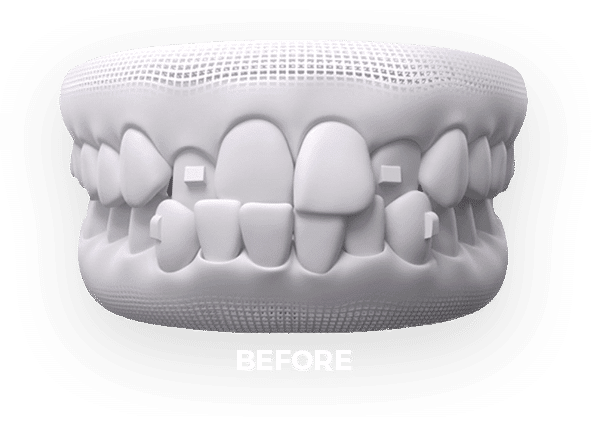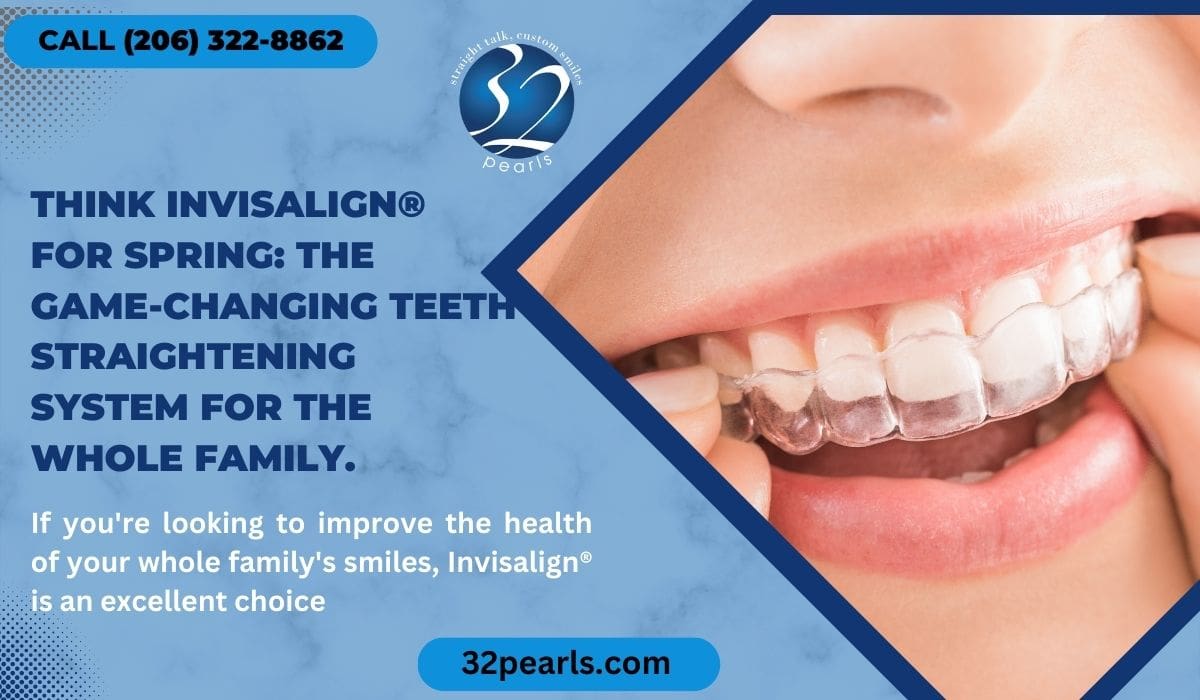The Cost of Invisalign: Understanding the Investment in Your Smile
Invisalign vs. Traditional Braces: Which Option Is Right for You?
When considering orthodontic therapy, the selection in between Invisalign and conventional braces presents several important variables that warrant cautious assessment. Invisalign offers a discreet alternative with detachable aligners, while standard braces give an extra visible yet efficient solution for extreme misalignment.
Overview of Therapy Choices

In comparison, conventional dental braces include steel braces and wires that are bound to the teeth. This approach uses constant stress over time to accomplish placement. While reliable for complex orthodontic problems, typical braces need normal gos to for modifications and can posture challenges in maintaining oral hygiene because of the trouble of cleansing around brackets and cables.
Both alternatives have their benefits, and the option commonly depends upon details dental problems, lifestyle preferences, and individual conformity. Eventually, consulting an orthodontic expert is vital for establishing one of the most ideal therapy strategy customized to specific demands. Recognizing the subtleties of each choice can significantly influence the overall success of orthodontic therapy.
Aesthetic Considerations
A considerable variable affecting the choice between Invisalign and traditional dental braces is the aesthetic charm each therapy supplies. Invisalign aligners are crafted from clear plastic, making them basically unseen when worn. This very discreet appearance is particularly attracting adults and teenagers that may really feel awkward regarding their orthodontic treatment. The ability to maintain a natural smile throughout the positioning process can dramatically enhance the individual's self-confidence in social and expert settings.
On the other hand, typical braces contain metal braces and wires, which can be a lot more visible. While advancements in orthodontic technology have actually brought about the development of smaller sized braces and colored elastics, traditional dental braces still keep an even more noticeable profile. For some people, the presence of braces may deter them from looking for necessary therapy.
Inevitably, the selection in between Invisalign and typical braces may pivot on personal choices pertaining to aesthetic appeals. Individuals who focus on discernment usually lean towards Invisalign, while those that are less worried regarding presence might select traditional dental braces. Comprehending the visual ramifications of each alternative is critical for making a notified choice that aligns with one's way of life and choices.
Convenience and Convenience

In terms of comfort, Invisalign aligners are detachable, allowing people to enjoy their preferred foods without constraint and keep optimal dental health. Brushing and flossing are simplified, as the aligners can be secured throughout these routines, whereas traditional braces need careful steering around wires and brackets.
In addition, Invisalign's progressive system permits less orthodontic check outs. Clients usually obtain several collections of aligners simultaneously, which can enhance the therapy process and lower time invested in the orthodontist's chair. On the other hand, traditional dental braces demand normal adjustments, making them much less practical for those with active timetables. Invisalign. Overall, the comfort and comfort of Invisalign make it an attractive selection for lots of people seeking orthodontic therapy.
Therapy Period and Effectiveness
While both Invisalign and standard dental braces work in dealing with oral imbalances, the duration of treatment can differ dramatically in between both alternatives. Normally, Invisalign therapy can take anywhere from 12 to 18 months, depending upon the intricacy of the situation. The clear aligners function by progressively moving teeth into their desired placements, and normal follow-ups with an orthodontist help make sure progress stays on track.
On the other hand, traditional dental braces typically call for a longer commitment, typically ranging from 18 months to three years. This results from their set nature and using brackets and wires, which can be a lot more reliable for extreme imbalances and intricate instances (Invisalign). The treatment effectiveness of conventional dental braces is well-documented, as they permit for accurate adjustments and better control over tooth motion
Eventually, the choice in between Invisalign and typical dental braces might hinge on both like it the awaited therapy period and the details dental problems available. Consulting with an orthodontist is important, website here as they can provide customized suggestions based upon specific demands, making certain the picked method aligns with wanted timeframes and outcomes.
Price Comparison and Insurance Choices
Expense plays a substantial function in the decision-making process for individuals considering orthodontic treatment, whether going with Invisalign or typical braces. Usually, the cost of Invisalign arrays from $3,000 to $8,000, while conventional braces generally set you back in between $2,000 and $6,000. Variables influencing these costs consist of the intricacy of the instance, the period of therapy, and geographical place.
Many oral insurance policy strategies give partial insurance coverage for orthodontic therapies, however the specifics can vary commonly. Usually, standard braces may be a lot more often covered by insurance policy strategies contrasted to Invisalign, which some insurers classify as a cosmetic procedure.
Furthermore, a number of orthodontic practices provide versatile layaway plan, making both therapy choices more easily accessible. Clients need to inquire about possible funding options and price cuts for in advance repayments. Evaluating the overall expense, consisting of insurance coverage benefits and layaway plan, is vital for making a notified decision that lines up with both visual preferences and budget considerations.

Conclusion
In summary, the choice in between Invisalign and conventional dental braces depends upon multiple variables, including visual preferences, comfort, treatment period, and price. Invisalign offers a very discreet, removable option that facilitates dental hygiene and nutritional adaptability, while conventional dental braces may be extra ideal for complex oral problems and commonly come with a reduced rate factor. Inevitably, assessment with an orthodontist is vital to assess private conditions and figure out one of the most appropriate Go Here therapy choice for accomplishing ideal oral alignment.
When thinking about orthodontic treatment, the selection between Invisalign and standard dental braces provides numerous essential aspects that warrant careful evaluation.Contrasting Invisalign and standard dental braces exposes distinctive treatment alternatives for orthodontic modification.While both Invisalign and typical braces are reliable in fixing dental misalignments, the period of treatment can vary dramatically between the 2 alternatives.Expense plays a considerable role in the decision-making process for people taking into consideration orthodontic treatment, whether opting for Invisalign or conventional braces.In recap, the option between Invisalign and standard braces pivots on multiple elements, including visual choices, comfort, treatment period, and expense.